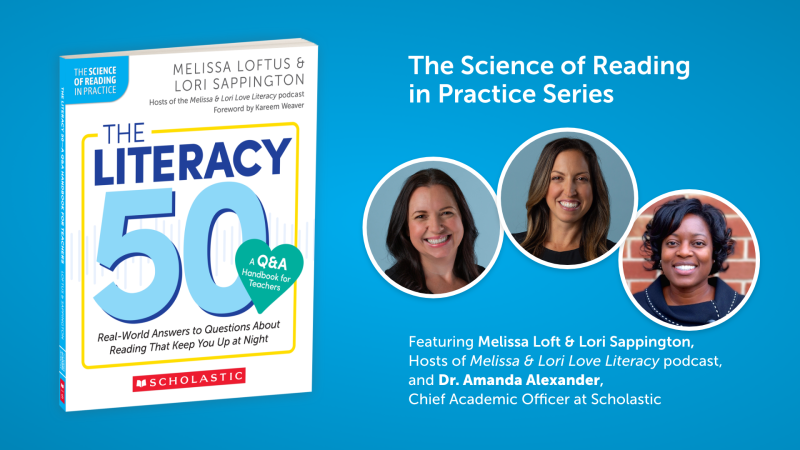The 2019 Scholastic Art & Writing Awards recently recognized 16 high school seniors who received the program’s highest national honor, the Gold Medal Portfolio, which includes a $10,000 scholarship.
Throughout April and May, the Alliance for Young Artists & Writers, a nonprofit organization whose mission is to identify students with exceptional artistic and literary talent and present their remarkable work to the world through the Scholastic Art & Writing Awards, will highlight two Gold Medal Portfolio recipients on their blog. This week, they are celebrating the work of Will Landis-Croft (Portland, OR) and Divjot Walia (Pearland, TX).
Will Landis-Croft
“Christianity and consumer culture in America are inseparable. Each offer salvation, a temporary solution to the despair which otherwise plagues the nation. Yet this combination simultaneously cheapens the religion, reducing it to a justification for greed and violence. From the Iraq War to televangelism to money-obsessed churches to missionary imperialism, capitalism and religion act in a vicious cycle to spiral society toward chaos. “[T]he precious blood at the foot of the cross becomes mere Kool-Aid to refresh upwardly mobile aspirants in the nihilistic American game of power and might,” reflects Cornel West, ultimately concluding that American Christianity perpetuates institutional evil in the name of holiness. My images juxtapose religious imagery with consumer icons, revealing the hypocrisy of believing that these two value systems are morally compatible.”
Divjot Walia
“I aim to paint a picture of myself not through direct description, but through an exploration of the controversial topics and ethical dilemmas that have shaped my passions and opinions. Furthermore, I hope to illustrate key epiphanies and discoveries that have occurred throughout my personal endeavors. But perhaps most importantly, I hope to share an insight into my own passage of time, which is immortalized through these words. This is the role writing plays in my life; it is the act of recording feelings and emotions for future reflection.”
Consider the Elephant (excerpt) by Divjot Walia (Critical Essay)
When thinking of elephants, my mind lists the obvious: ivory trade, elephant meat, and trophy hunting. Political correctness aside, I had to wonder—who cares? Does my life, writing in the middle of urban America, rely on the well-being of the sub-Saharan African ecosystem?[1]
It was then I remembered—I, in fact, had been impacted by an elephant almost a decade ago.
***
It was my first time visiting India—I was seven years old, and my mother compelled me to ride an elephant with my Indian-native cousins in Delhi’s most touristy district. I admired the elephant’s grey leathery skin, grasping on to its wrinkles as I, with the aid of a callous Indian man, climbed upon it. The same Indian man began striking the elephant with a whip, presumably to coerce the visibly apathetic animal to begin the ride. My cousin, eleven at the time, desperately called out, “Stop! Please! Be gentler!” But the man, desensitized to such moral concerns, continued his abuse of the animal. I rocked back and forth as the ride continued. I am not scared— I attempted to convince myself. My cousin continued to cry out at the man to lessen the severity of the whip, and I, wanting nothing to do with the adult discourse taking place before me (in a language I spoke very loosely at the time), dismounted off the elephant and leaped into my mother’s arms.
I glared at the elephant, and it stared back at me, with striking ambivalence.
***
The passing years have seemed to erase the image of the elephant from my consciousness; thus, I resolved to conduct a brief Google Image search of the term “elephant.” These elephants were not banded up, whipped by a callous Indian man, or saddled with Indian-American tourists sitting atop them. The animals I saw were social, yet solitary; majestic, yet playful. The sub-Saharan sun shined behind the scenery as what I can only describe as “grandpa elephants” stared wisely into the expanse of light green grass, mother elephants guarded their elephant babies, and schools of elephant children gathered to play games and take a dip in the local drinking hole. As my cursor moved down the page, I began to understand it more and more: it is true—elephants are adorable.
One particular elephant seemed to pop out. It was a newborn elephant, likely no more than a few days old. His trunk bent, the newborn sprayed a stream of pond water on his still tender, leathery skin. His smile was unlike any other emotion I’d seen from an animal. It was so human, and so innocent, that I waited for the elephant to ask me, “Hey! How’s it going?” I waited for the elephant to turn into a Disney-fied version of itself—for it to do a few spins and give me an overly-enthusiastic fist-bump before breaking out into a perfectly choreographed dance to heavily-copyrighted, upbeat music.
In reality, I waited for the elephant to fulfill some cute mold I’d cut out for it—long before I conducted the Google Image search.
Nine years after I met my first elephant, I will never forget the stare it gave me as I dismounted it. I had even forgotten about that callous Indian man, and how he likely abused the elephant for the equivalent of less than a couple dollars a day. But the only lesson I deduced is that of moral outrage on the elephant’s behalf.
I evaluated my own moral repugnance. I stand idle, observing all other injustices that occur in a developing country such as India, but when it comes to striking an animal (who happens to have incredibly thick skin), I draw the line.
----
To see more Gold Medal Portfolio recipients, past and present, visit the Eyes on the Prize series on the Alliance for Young Artists & Writers blog.
Cover image: WILL LANDIS-CROFT, Filling Station, Digital Art. Grade 12, Saint Mary’s Academy, Portland, OR






